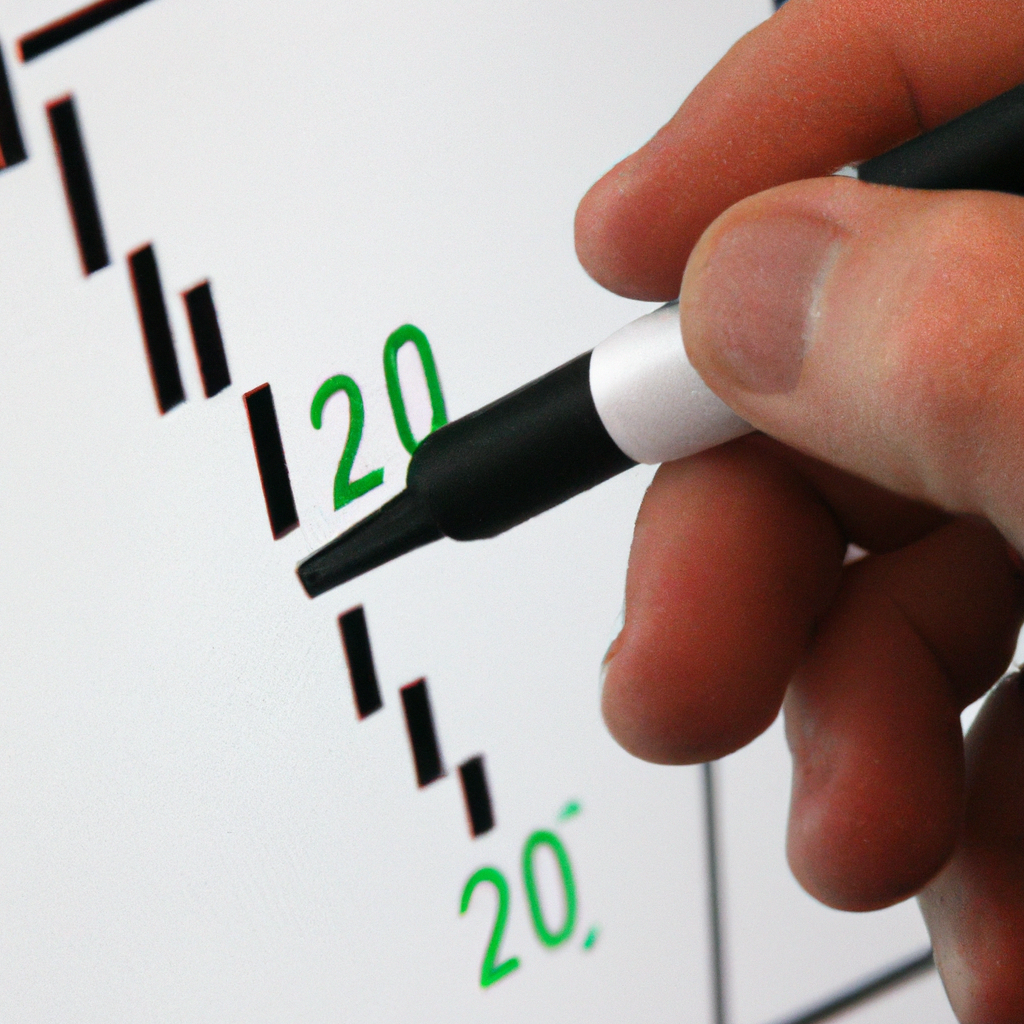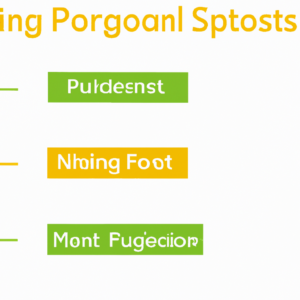
Mastering Pivot Points for Effective Day Trading
Introduction to Pivot Points in Day Trading
Pivot points are a powerful tool in the arsenal of day traders. These are calculated using the high, low, and close of the previous trading day to determine potential support and resistance levels for the current day. Using pivot points, traders can make educated decisions about entry and exit points, stop loss levels, and where to take profits. This technique is utilized across various markets including forex, stocks, and commodities, making it a versatile strategy for day traders.
Understanding the Basics of Pivot Points
Before diving into how to use pivot points, it’s important to understand the calculation behind them. The primary pivot point (PP) is found by averaging the high (H), low (L), and close (C) of the previous day’s trading session:
Formula:
[PP = (H + L + C) / 3]
On top of the primary pivot point, there are additional support and resistance levels calculated to provide further insight:
Support and Resistance Levels
– First level support and resistance:
[R1 = (2 times PP) – L]
[S1 = (2 times PP) – H]
– Second level support and resistance:
[R2 = PP + (H – L)]
[S2 = PP – (H – L)]
– Third level support and resistance (less commonly used):
[R3 = H + 2(PP – L)]
[S3 = L – 2(H – PP)]
These levels provide a roadmap for the day, indicating potential turns or breaks in the market.
Using Pivot Points for Day Trading Strategy
With pivot points calculated, traders can apply this knowledge to make strategic trading decisions. Here’s how to use pivot points effectively in day trading:
1. Identifying Market Sentiment
First, observe where the market opens in relation to the pivot point. If the market starts above the PP, this indicates bullish sentiment, whereas opening below signifies bearish sentiment. This initial step helps set the tone for the strategy of the day.
2. Entry Points
Entry points can be determined based on the pivot levels. For a bullish market look for opportunities to buy at or just above support levels, specifically if the price shows signs of holding. Conversely, in a bearish market consider selling at or just below the given resistance levels.
3. Exit Points and Stop Losses
Use the resistance levels (R1, R2, R3) as potential take profit points in a bullish scenario and the support levels (S1, S2, S3) in a bearish scenario. Stop losses should be placed just beyond the pivot level you’re trading against to minimize risk.
Implementing Pivot Points in Your Trading Plan
Incorporating pivot points into your day trading strategy requires practice and continuous monitoring of the market. Here are key considerations to bear in mind:
– **Market Volatility**: Pivot points are more applicable in markets with high liquidity and volatility, as the price is more likely to range between these key levels.
– **Time Frame**: Although pivot points are ideally used for day trading, they can also be adjusted for use in longer or shorter trading periods.
– **Combining with Other Indicators**: For increased effectiveness, combine pivot points with other indicators such as moving averages, MACD, or RSI to confirm trends and reversals.
Conclusion
Pivot points are an efficient tool for day traders, providing clear indicators for entry and exit points as well as insight into market sentiment. By understanding how to calculate and apply these levels, traders can enhance their decision-making process and potentially improve their trading outcomes. Remember, while pivot points can be extremely helpful, they should be part of a comprehensive trading strategy that includes risk management and adherence to your trading plan.

